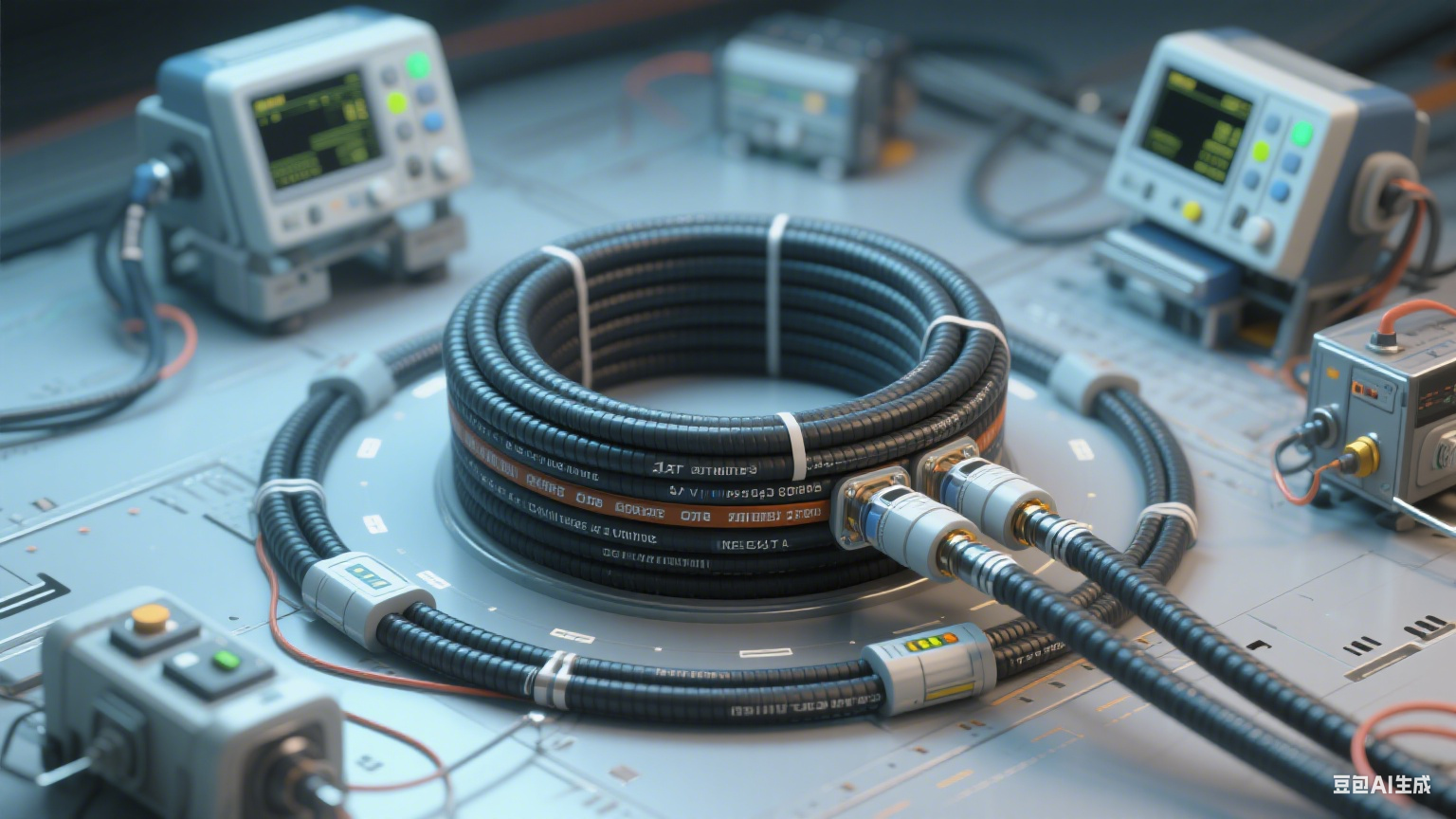Aircraft Cable Assemblies: Resistance to Vibration and Temperature Changes
In the demanding environment of aerospace operations, aircraft cable assemblies serve as the critical nervous system connecting vital systems, from avionics to engine controls. These components must maintain uninterrupted performance despite relentless vibration from engines and aerodynamic forces, as well as extreme temperature fluctuations encountered during flight. This article explores the engineering principles, material innovations, and testing standards that ensure aircraft cable assemblies meet these rigorous challenges.
Vibration Resistance: Engineering Against Constant Motion
Aircraft experience complex vibration patterns throughout their operational envelope, from the low-frequency rumble of jet engines to high-frequency vibrations from aerodynamic turbulence. These forces can cause premature failure in poorly designed cable assemblies through fatigue, fretting corrosion, or loosened terminations.
To combat these challenges, modern aircraft cables utilize stranded conductor construction rather than solid conductors. The multiple strands allow microscopic movement under vibration, distributing stress across the conductor and reducing fatigue. According to MIL-STD-883 method 2007 specifications, aerospace cables must withstand variable frequency vibration testing from 20 to 2000 Hz, with peak accelerations up to 70g depending on application severity. These tests involve 4-minute cycles in each of the X, Y, and Z axes, with a total minimum test duration of 48 minutes to validate performance under realistic conditions.
Advanced shielding techniques further enhance vibration resistance by preventing abrasion between conductors and reducing electromagnetic interference (EMI). Braided shields, often made from tinned copper or aluminum, provide mechanical protection while maintaining flexibility. Secure termination is equally critical, with MIL-STD-38999 connectors featuring threaded backshells that lock cables in place, preventing movement at connection points during vibration events.
Temperature Resistance: Performing Through Thermal Extremes
Aircraft cable assemblies operate in an astonishing range of temperatures, from the frigid -65°C (-85°F) of high-altitude cruise to the 260°C (500°F) heat near engine compartments, as specified in SAE ARP7987 guidelines. This thermal stress demands specialized materials and construction techniques.
Polytetrafluoroethylene (PTFE) has become the gold standard for high-temperature insulation, maintaining its dielectric properties even at extreme temperatures. Expanded PTFE variants offer enhanced flexibility while retaining the same temperature resistance, making them ideal for tight routing spaces in modern aircraft. For applications requiring greater flexibility at lower temperatures, silicone rubber insulations perform reliably down to -55°C (-67°F) while withstanding continuous exposure to 150°C (302°F).
Thermal cycling presents a unique challenge, as repeated expansion and contraction can lead to insulation cracking or conductor fatigue. European standard oSIST prEN 3745-306 specifies rigorous thermal cycling tests that subject cables to extreme temperature variations while monitoring attenuation levels, ensuring signal integrity is maintained throughout thermal stress. Conductors themselves are often plated with nickel or silver to resist oxidation at high temperatures, preserving conductivity over the cable’s operational lifetime.
Integrated Design: Balancing Vibration and Temperature Performance
Optimal aircraft cable performance requires engineering solutions that address both vibration and temperature challenges simultaneously. This integrated approach often involves material combinations that excel in multiple areas. For example, PTFE-insulated cables with stranded nickel-plated copper conductors provide excellent temperature resistance while offering the flexibility needed to withstand vibration fatigue.
The construction of cable bundles also plays a crucial role in managing both environmental factors. Separate routing of power and signal cables minimizes EMI while allowing designers to specify different temperature-rated cables for different zones. Cable clamps with vibration-damping grommets prevent excessive movement while accommodating thermal expansion, reducing stress on terminations.
SAE AS4373F establishes comprehensive test methods for evaluating these integrated performance characteristics, ensuring that cables meet aerospace requirements through standardized testing protocols. These tests include thermal aging followed by vibration testing to simulate the cumulative effects of long-term operation.
**
Figure 1: Cross-sectional view of a high-performance aircraft cable assembly showing stranded conductors, PTFE insulation, and braided shielding that provide combined vibration and temperature resistance.
Maintenance and Reliability Considerations
Even the most robust cable assemblies require proper maintenance to ensure long-term performance. Regular inspection should check for:
- Insulation cracks or hardening, particularly near heat sources
- Shielding damage that could compromise EMI protection or mechanical integrity
- Connector backshell tightness and signs of fretting at contact points
- Cable routing changes that might create new stress points
Thermal imaging can detect hot spots indicating excessive resistance, while vibration analysis tools can identify abnormal frequencies that may signal developing issues. Following manufacturer-recommended torque specifications for connectors ensures proper termination without overstressing insulation materials.
FRS: Engineering Reliable Aerospace Cable Solutions
When it comes to aircraft cable assemblies that excel in vibration and temperature resistance, FRS stands out as a trusted manufacturer with a commitment to quality and performance. Their cable assemblies meet rigorous international standards including IEC 60502, BS 6346, and VDE specifications, ensuring compatibility with global aerospace requirements.
Backed by ISO 9001, ISO 14001, and OHSAS 18001 certifications, FRS implements strict quality control throughout the manufacturing process, from material selection to final testing. Their expertise in producing cables that withstand extreme environmental conditions makes them a preferred partner for aerospace applications where reliability is non-negotiable.
Whether facing the continuous vibration of jet engines or the extreme temperature fluctuations of high-altitude flight, FRS cable assemblies deliver consistent performance, ensuring the critical connections in modern aircraft operate flawlessly when it matters most.







